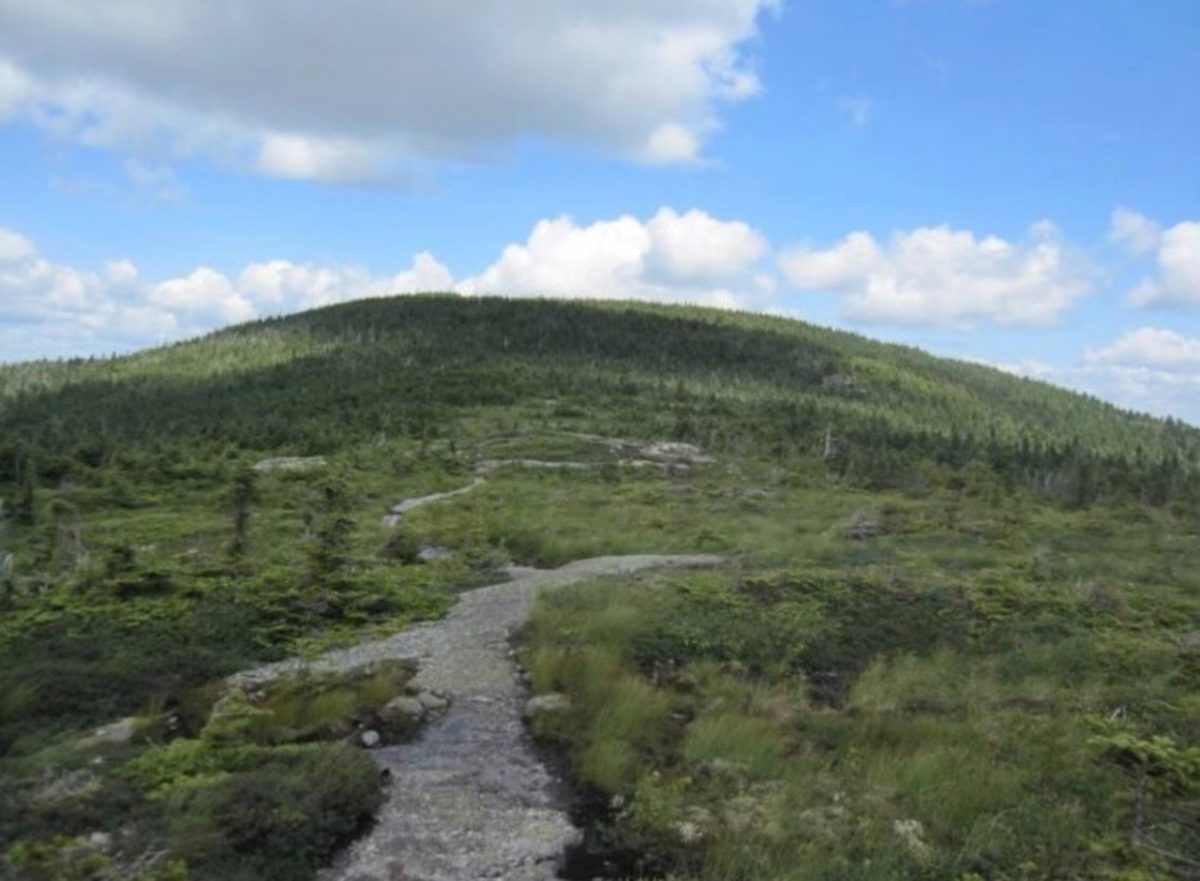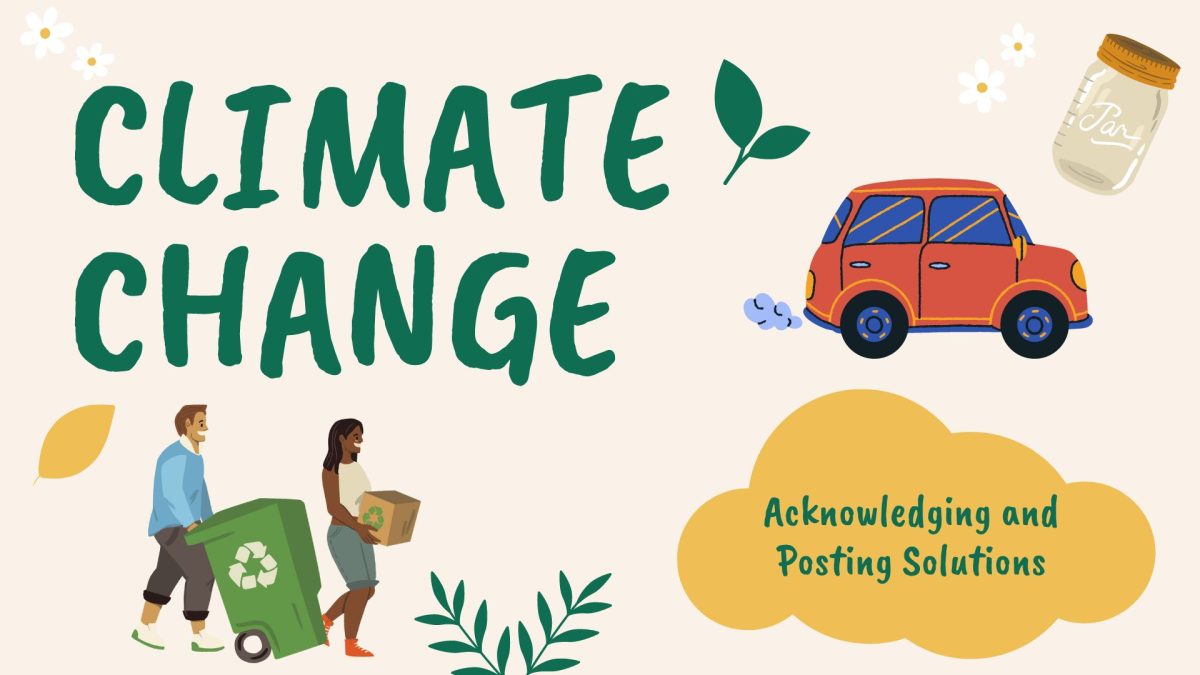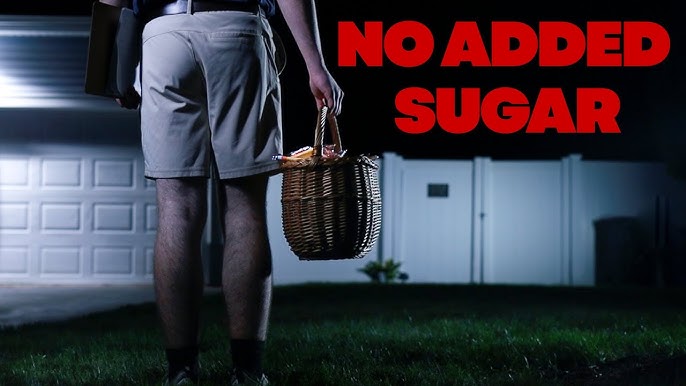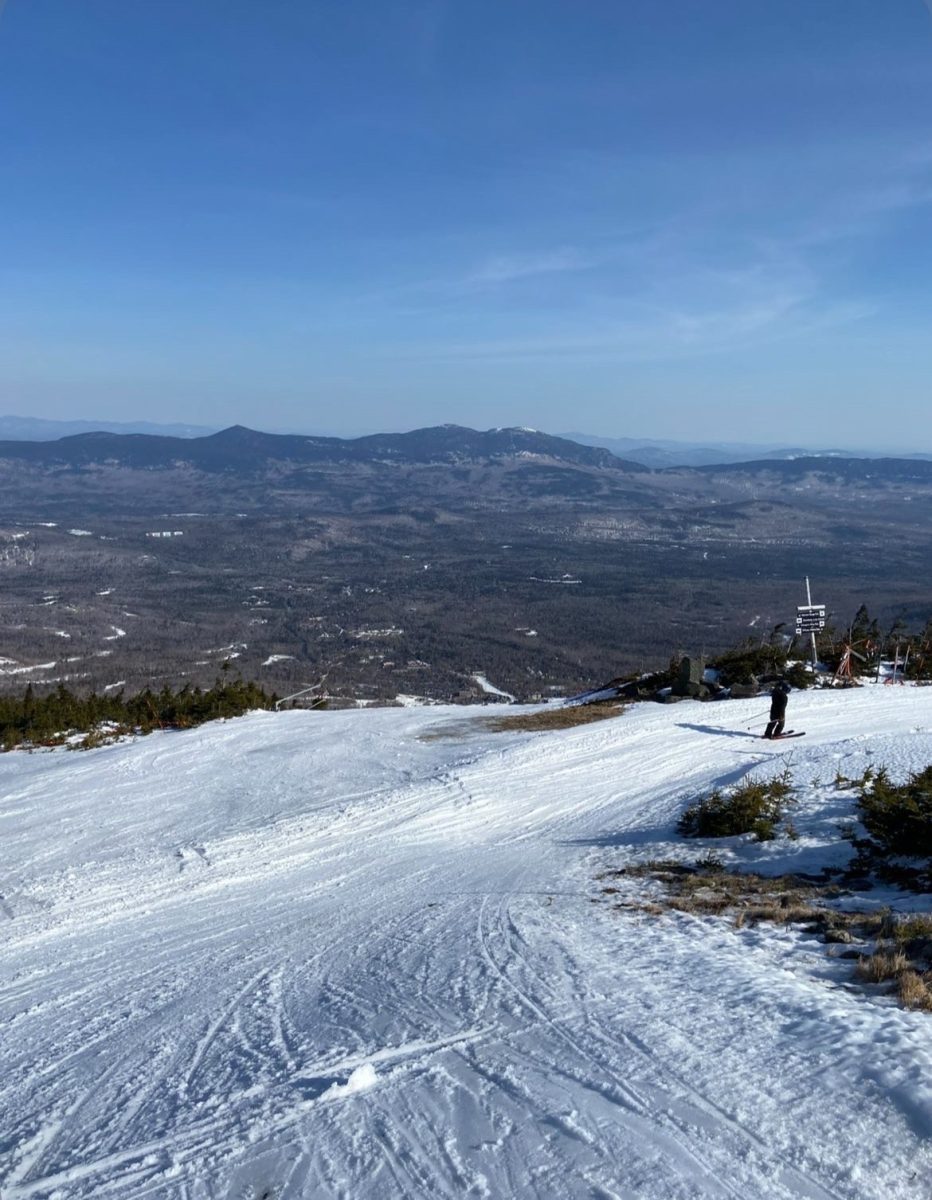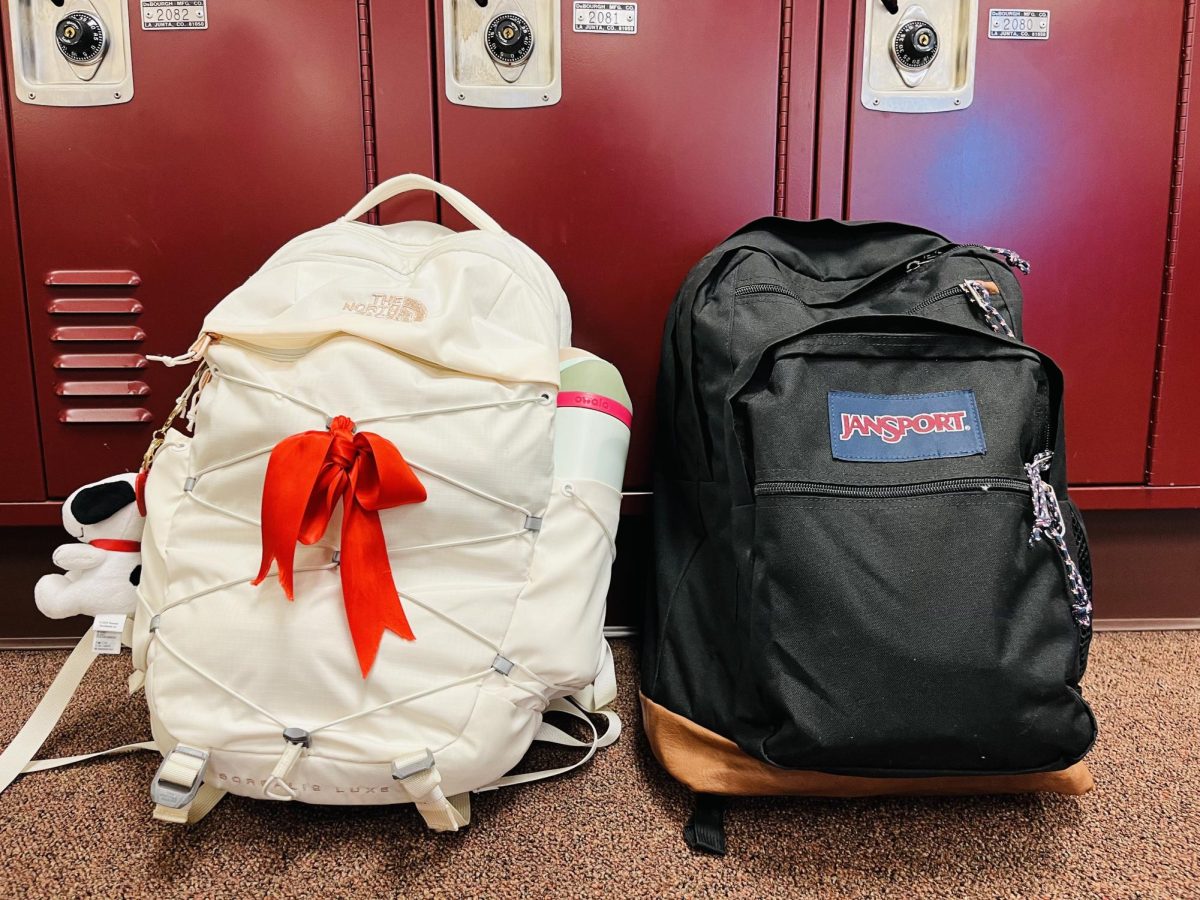With my feet aching and my back on fire from the heavy pack, I collapsed on the summit of Goose Eye Mountain, admiring the panoramic view of rolling mountains and blue skies. The trail was clean and well-marked as we walked through the towering pines.
Goose Eye is a 3,870-foot mountain in White Mountain National Forest, Oxford County, Maine. The summit is one of many on the Appalachian Trail, which is maintained by the Appalachian Trail Conservancy and the National Park Service (NPS).
I have hiked over 70 miles on the Appalachian Trail since 2024, and trekking those miles has been some of the most enjoyable miles of my life. I’m not alone in the wonder of America’s protected land. In July of 2025, over 41 million people visited a national park.
U.S. national parks serve as a sanctuary for individuals seeking to connect with nature and experience the wilderness on a deeper level. The happiness that many hikers and travelers enjoy within protected lands like national parks is being threatened every day as cuts to national park funding continue.
At least one-fifth of America’s 433 national parks have been stretched and understaffed due to the large budget cuts made by the current Trump Administration. Since Trump took office, the National Park Service (NPS) has lost 24% of its permanent workers.
With staffing dwindling, the parks are unable to staff their entrances to collect visitors’ fees, resulting in a huge loss of income for the parks. Roughly 80% of the fees collected at the entrances are used to maintain the parks.
“The Big Beautiful Bill”, proposed by the Trump Administration, eliminated $267 million set aside for park improvements, and the administration has offered a further 38 percent budget cut for the next fiscal year.
While cutting the budget for national park funding allocates more funds to other priorities of the Trump Administration, it is vital that national parks stay funded because they provide education for many who hope to learn more about preserving wilderness.
Park rangers possess an incredible amount of knowledge about the land they preserve, and they frequently conduct numerous educational programs for both camps and schools. These programs help educate the youth about the importance of protecting parks. For example, the “Every Kid Outdoors” program from the NPS allows all fourth graders into national parks for free, encouraging family and school involvement.
In our local Acadia National Park, there are multiple programs, including Outdoor School, the Ranger-Led Distance Learning Program, and a project that brings park rangers to elementary schools.
As programs vanish, people are no longer being educated about the importance of preserving those parks. However, these programs help to support the parks and give them a chance to survive the future funding challenges.
In an interview with PBS, Theresa Pierno, the President and CEO of the National Parks Conservation Association, discussed the issue of these programs getting cut. She says, “Well, I think that most people understand our national parks are really the place that preserves our history. And national park rangers are the most beloved and important storytellers in this nation.” If these budgets are accepted, isn’t it true that the understanding we have will be gone? Will people give up on saving these parks we claim to care so much about?
To protect these parks, they require proper funding. However, over the course of Trump’s second term, various budgets have been proposed, threatening national park funding.
The Trump Administration, which presented the most harmful bill of all as part of its fiscal year 2026 budget, proposed to further cut over $1 billion from NPS funding, including a $900 million cut (over 31% of funding) to the operations of our national parks, the largest proposed cut in the Park Service’s history. This would result in a 75% reduction in the national park system, resulting in the elimination of staffing for 350 park sites.
Former President Joe Biden conserved more land than any U.S. President in history. He set a goal to preserve at least 30% of U.S. lands and waters by 2030. Conserving land, such as the territory within national parks, protects important historical locations and ecosystems.
The U.S House of Representatives offered to slash $176 million (over 6%) from the Park Service’s operations budget, which was included in the Fiscal Year 2026 bill for Interior, Environment, and Related Agencies. It also includes a $37 million (21%) cut to construction funding, hindering the park’s ability to continue working on construction projects. This bill also slashes the Environmental Protection Agency’s budget by 23%, but the parks rely on the agency’s programs to keep air and water clean for wildlife.
Finally, a bill proposed by the Senate would protect national parks, maintain consistent funding, and prevent administrations from cutting funding without warning. It would require the administration to hire and retain a substantial number of park staff and notify Congress of any significant rearrangement attempts.
Many argue that national parks are simply not a current primary concern, which is a valid point. There are many issues presently happening that are crucial to resolve, such as gun reform, multiple wars going on worldwide, and a divided government. However, it is also crucial to remember this: Once these parks are gone, they are gone forever. We cannot preserve the amount of wilderness we have currently if we do not change our ways.
To protect these places, funding needs to be increased, awareness needs to be raised, and minds need to be changed.
It is up to us to start making a difference, and I can only hope that one day, enough people will see that to save our future, we must be a voice for nature, for national parks, and for history.


